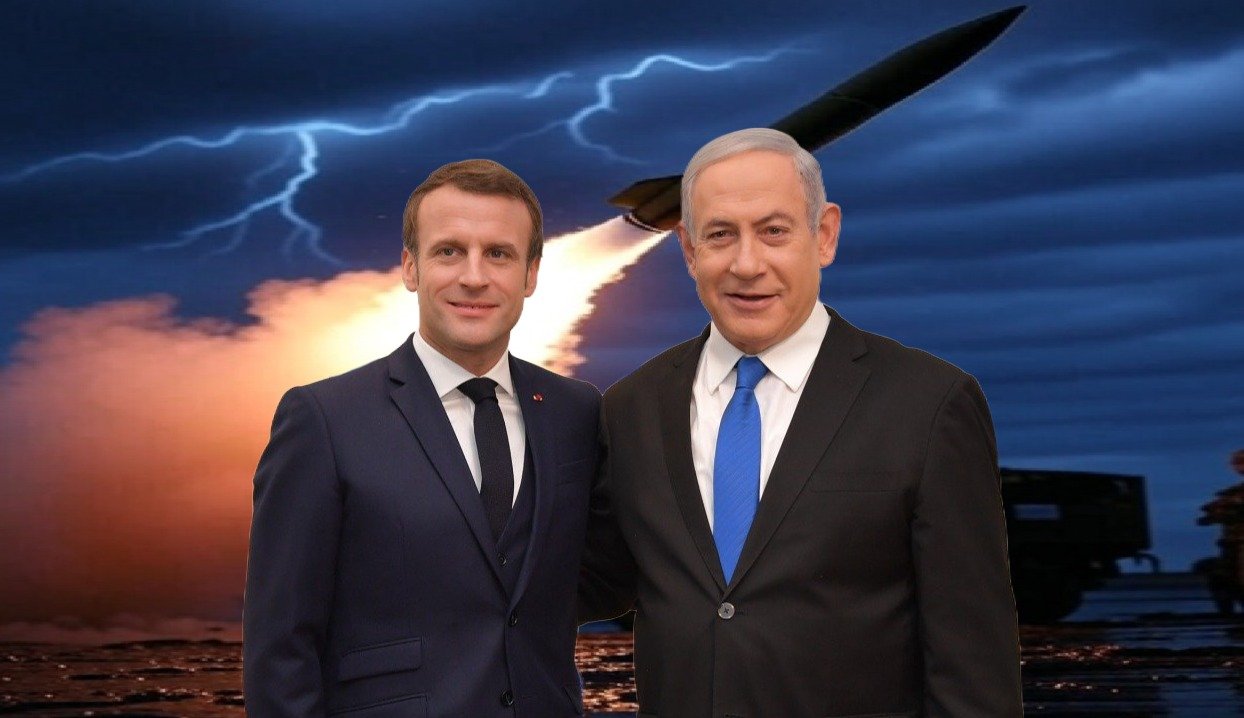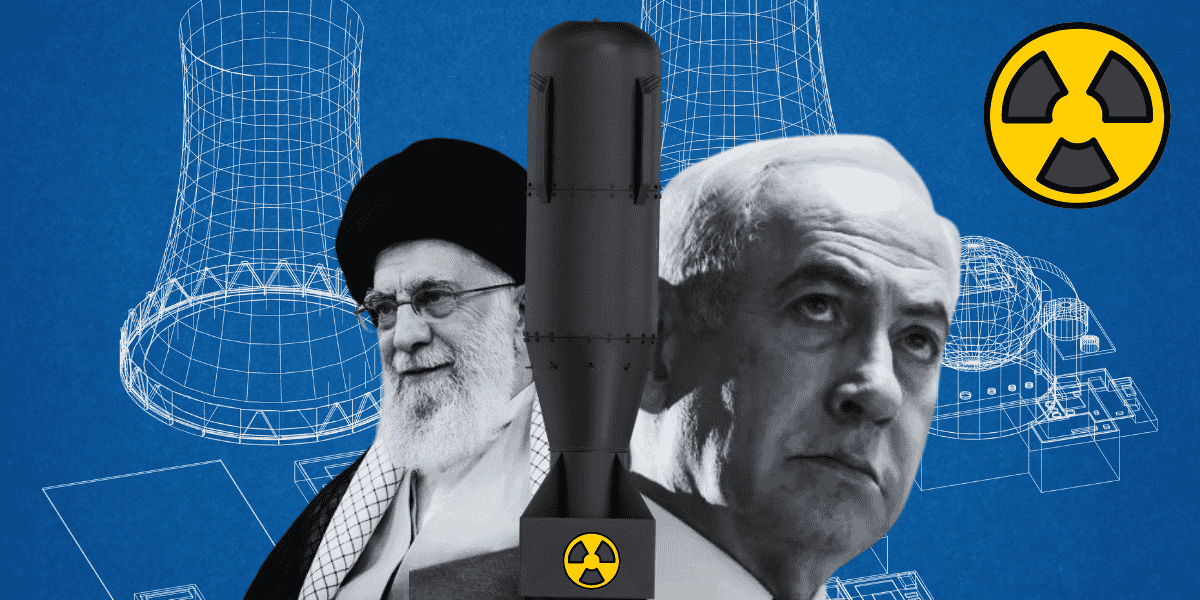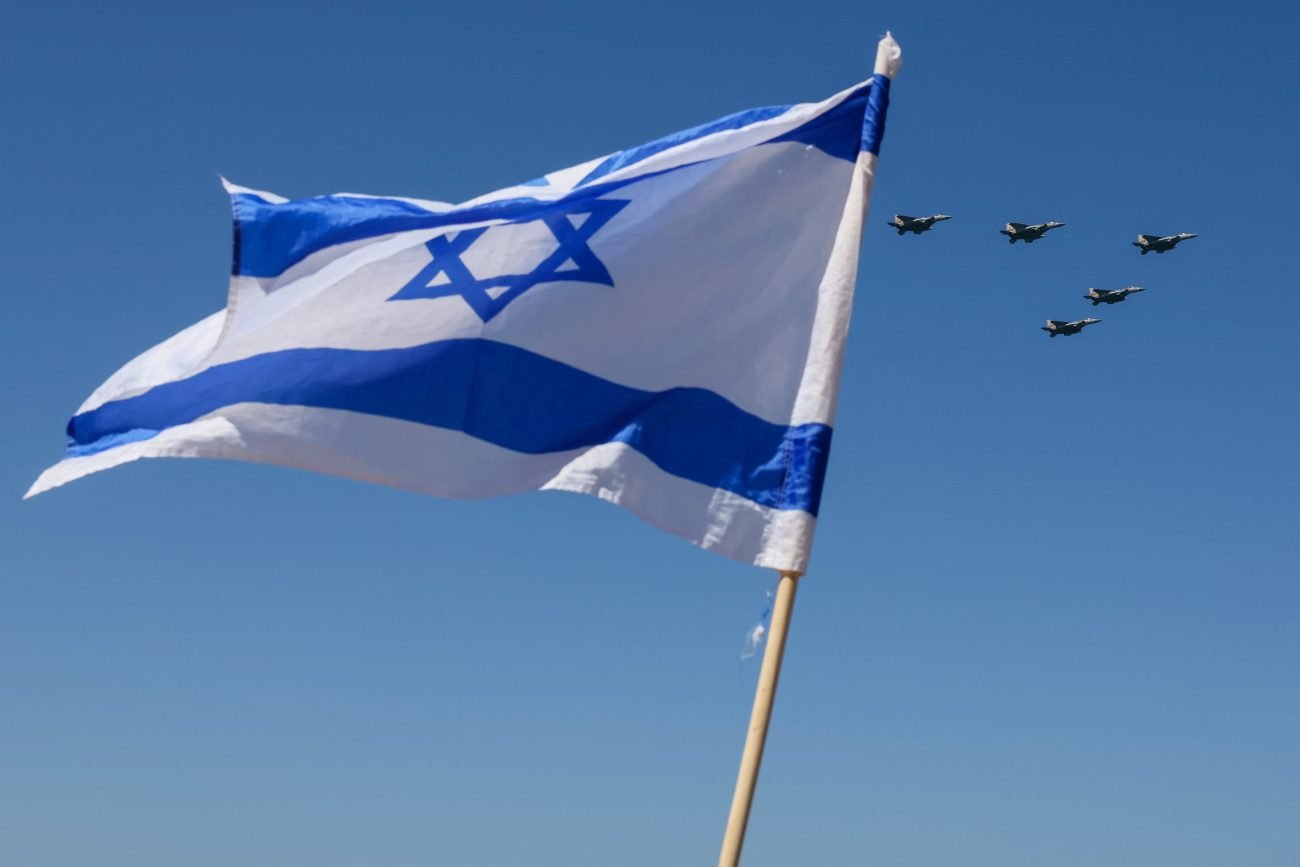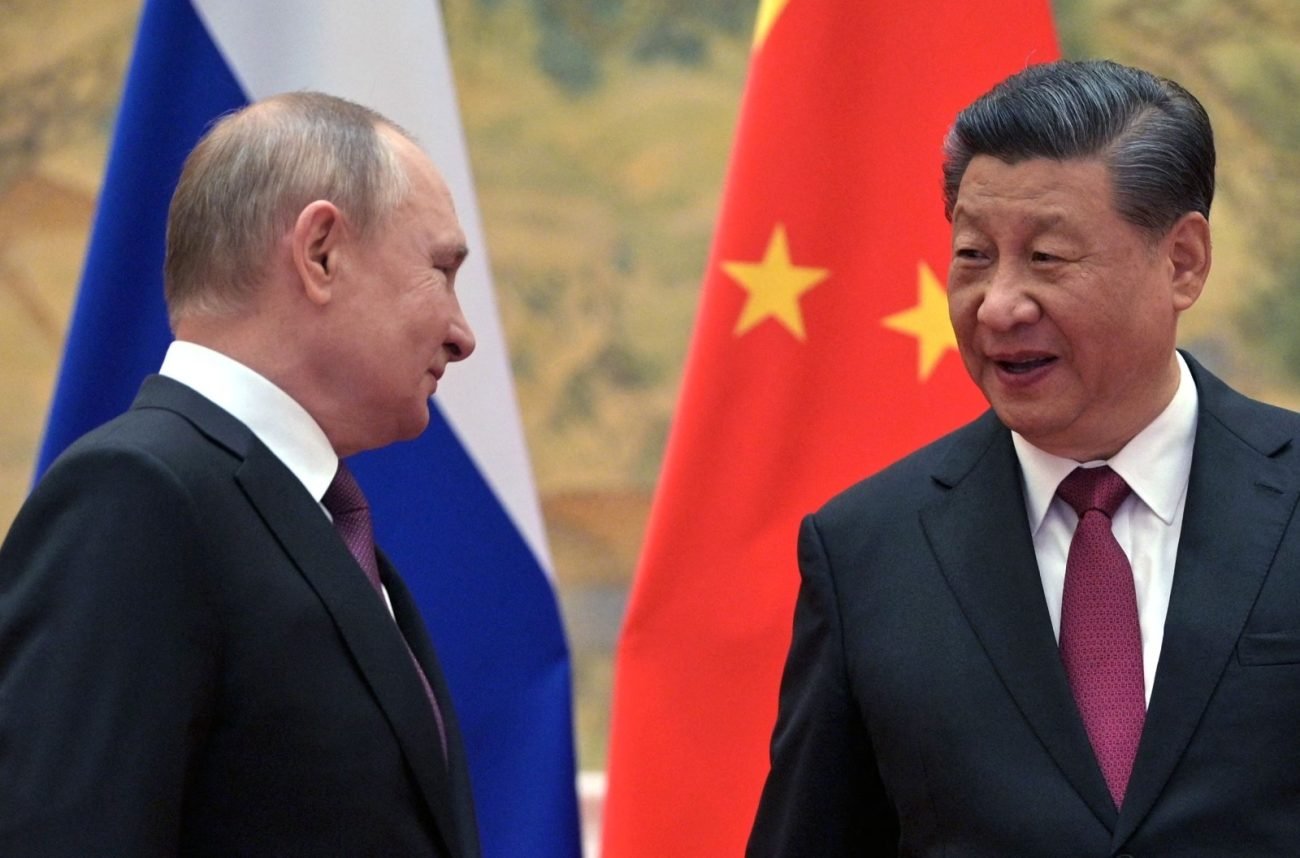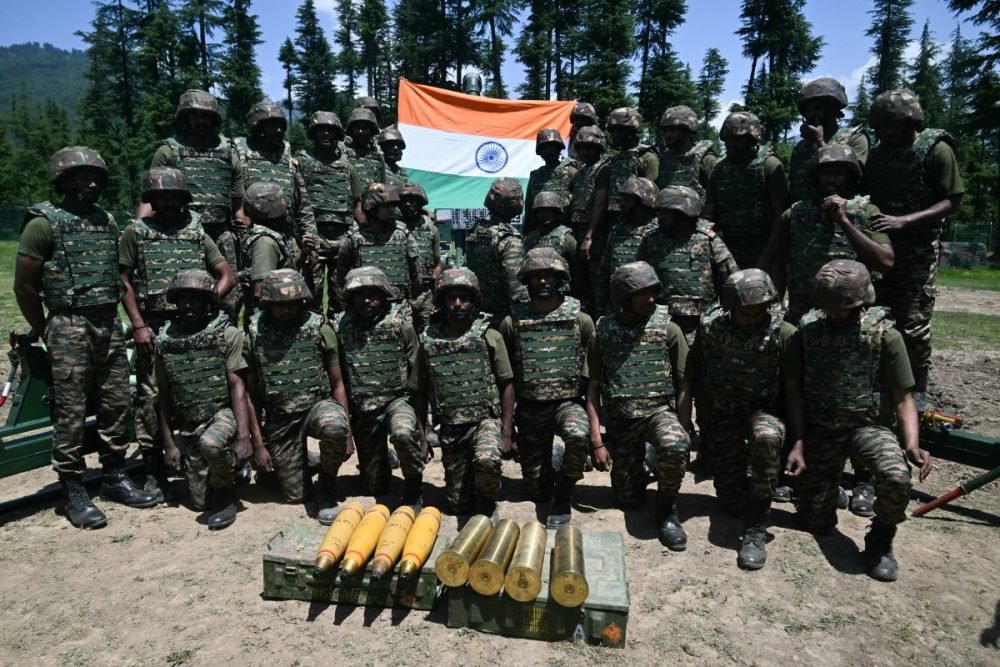Nuclear weapons are experiencing a resurgence! Two recent reports have pointed out how the world is teetering on the edge of a new, dangerous nuclear arms race and how nuclear-armed states spent over $100 billion on their atomic arsenals last year.
Many factors are contributing to a new nuclear arms race. However, the two raging wars have caused the most harm.
In Europe, the world’s largest nuclear power, Russia, is pounding a country that had the world’s third-largest nuclear arsenal, but was tricked into giving up its nuclear weapons in return for safety assurances by the US, the UK, and Russia.
Together, these three nuclear powers promised Ukraine under the Budapest Memorandum in 1994 that they would protect Ukraine’s sovereignty and territorial integrity if it gave up its nukes.
Two decades later, Russia invaded and occupied Ukraine’s Crimean peninsula in 2014. Further, in 2022, Russia launched a full-scale invasion of Ukraine.
In the Middle East, Israel, a discreet nuclear power, has attacked Iran, a state that was negotiating a nuclear deal to open up its nuclear reactors for international inspection.
The symbolism of two nuclear-armed states, attacking two non-nuclear countries, is not lost on anyone. On the other hand, there is the North Korean regime, which is surviving largely on account of its nuclear weapons.
In the recent India-Pakistan clash, had Pakistan not been armed with nuclear weapons, India’s Operation Sinddor could have been much more lethal, but the ‘Nuke Card’ probably saved the Islamic country.
The message is clear: nuclear weapons are the ultimate guarantor of your security.
Further, nuclear-armed countries are spending a fortune on their nuclear arsenals.
$100 Billion Spent On Nukes
Nuclear-armed states spent more than $100 billion on their atomic arsenals last year, the International Campaign to Abolish Nuclear Weapons (ICAN) said, lamenting the lack of democratic oversight of such spending.
ICAN stated that the UK, China, France, India, Israel, North Korea, Pakistan, Russia, and the United States collectively spent nearly $10 billion more in 2024 than in 2023.
The United States spent $56.8 billion in 2024, followed by China at $12.5 billion and Britain at $10.4 billion, ICAN said in its flagship annual report.
Geneva-based ICAN won the 2017 Nobel Peace Prize for its key role in drafting the Treaty on the Prohibition of Nuclear Weapons, which took effect in 2021.
Some 69 countries have ratified it to date, four more have directly acceded to the treaty, and another 25 have signed it, although none of the nuclear weapons states have come on board.
Hosting Costs
This year’s report examined the costs incurred by countries that host nuclear weapons of other states. It said such costs are largely unknown to citizens and legislators alike, thereby avoiding democratic scrutiny.
Although not officially confirmed, the report said Belgium, Germany, Italy, the Netherlands, and Turkey were hosting US nuclear weapons, citing experts.
Meanwhile, Russia claims it has nuclear weapons stationed in Belarus, but some experts are unsure, it added.
The report said there was “little public information” about the costs associated with hosting US nuclear weapons in NATO European countries, citing the cost of facility security, nuclear-capable aircraft, and preparation to use such weapons.
“Each NATO nuclear-sharing arrangement is governed by secret agreements,” the report said.
“It’s an affront to democracy that citizens and lawmakers are not allowed to know that nuclear weapons from other countries are based on their soil or how much of their taxes are being spent on them,” said the report’s co-author Alicia Sanders-Zakre.

Vested Interests
Eight countries openly possess nuclear weapons: the United States, Russia, Britain, France, China, India, Pakistan, and North Korea.
Israel is widely assumed to have nuclear weapons, although it has never officially acknowledged this.
ICAN said the level of nuclear weapons spending in 2024 by these nine nations could have paid the UN budget almost 28 times over.
“The problem of nuclear weapons is one that can be solved, and doing so means understanding the vested interests fiercely defending the option for nine countries to indiscriminately murder civilians,” said ICAN’s programme coordinator Susi Snyder.
The private sector earned at least US$42.5 billion from its nuclear weapons contracts in 2024 alone, the report said.
There are at least US$463 billion in ongoing nuclear weapons contracts, some of which do not expire for decades, and last year, at least US$20 billion in new nuclear weapon contracts were awarded, it added.
“Many of the companies that benefited from this largesse invested heavily in lobbying governments, spending $128 million on those efforts in the United States and France, the two countries for which data is available,” ICAN said.
Standard nuclear doctrine — developed during the Cold War between superpowers, the United States and the Soviet Union — is based on the assumption that such weapons will never have to be used because their impact is so devastating, and because nuclear retaliation would probably bring similar destruction on the original attacker.\
A New Nuclear Arms Race
Meanwhile, the Stockholm International Peace Research Institute (SIPRI) is warning in its new report that the world is headed towards a new nuclear arms race.
Nearly all of the nine nuclear-armed states—the United States, Russia, the United Kingdom, France, China, India, Pakistan, the Democratic People’s Republic of Korea (North Korea), and Israel—continued intensive nuclear modernization programmes in 2024, upgrading existing weapons and adding newer versions.
“Of the total global inventory of an estimated 12,241 warheads in January 2025, about 9,614 were in military stockpiles for potential use. An estimated 3,912 of those warheads were deployed with missiles and aircraft, and the rest were in central storage. Around 2100 of the deployed warheads were kept in a state of high operational alert on ballistic missiles.”

“Nearly all of these warheads belonged to Russia or the USA, but China may now keep some warheads on missiles during peacetime,” the report said.
Furthermore, the gradual dismantlement program of retired warheads by Russia and the United States, which began in the 1990s, has been abandoned.
“The era of reductions in the number of nuclear weapons in the world, which had lasted since the end of the cold war, is coming to an end,” said Hans M. Kristensen, Associate Senior Fellow with SIPRI’s Weapons of Mass Destruction Programme and Director of the Nuclear Information Project at the Federation of American Scientists (FAS).
“Instead, we see a clear trend of growing nuclear arsenals, sharpened nuclear rhetoric, and the abandonment of arms control agreements.”
The SIPRI report warns that China is expanding its nuclear arsenal faster than any other country.
“China’s nuclear arsenal is growing faster than any other country’s, by about 100 new warheads a year since 2023. By January 2025, China had completed or was close to completing around 350 new ICBM silos in three large desert fields in the north of the country and three mountainous areas in the east.”
India and Pakistan are also expanding and modernizing their nuclear arsenals. The SIPRI report also warned about the potential of nuclear escalation between India and Pakistan during the brief four-day war in May.
“The combination of strikes on nuclear-related military infrastructure and third-party disinformation risked turning a conventional conflict into a nuclear crisis,” said Matt Korda, Associate Senior Researcher with SIPRI’s Weapons of Mass Destruction Programme and Associate Director for the Nuclear Information Project at FAS.
“This should act as a stark warning for states seeking to increase their reliance on nuclear weapons.”
The combination of multiple wars, aggressive military maneuvers by nuclear-armed countries, conventional wars between nuclear power states, abandonment of arms control treaties, and modernization of nuclear arsenals is pushing the world into a new, dangerous era of nuclear arms race.
- With Inputs From AFP

